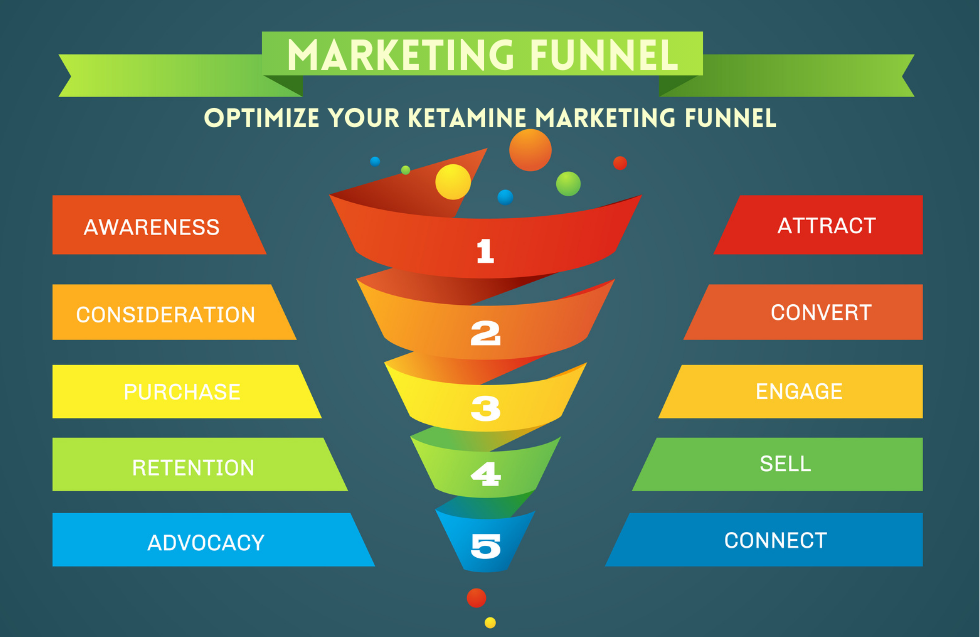In today’s highly competitive market, standing out is no longer optional—it’s essential. Whether you run a small local startup or a global enterprise, branding is what sets your business apart. It’s more than just a logo or a catchy slogan; it’s the emotional and psychological relationship your business builds with its audience. In this blog, we’ll explore why branding matters and how you can create a memorable business identity that drives long-term success.
What Is Branding?
Branding is the process of creating a unique name, image, and presence for your business in the mind of consumers. It encompasses everything from your visual identity—like logos, colors, and typography—to your brand voice, customer experience, and company values. Good branding communicates who you are, what you stand for, and why people should trust you.
Why Branding Is Crucial for Business Success
Builds Trust and Credibility
Customers tend to buy from businesses they trust. A well-crafted brand helps convey professionalism, reliability, and consistency, making it easier for people to feel comfortable choosing your products or services.
Creates Emotional Connections
Successful brands resonate with people emotionally. Think about how certain brands make you feel—confident, inspired, cozy, or excited. That emotional tie drives customer loyalty and repeat business.
Differentiates You from Competitors
In saturated markets, your brand is what makes you stand out. It tells customers why your product is better or different and why they should care. Without strong branding, you risk becoming just another face in the crowd.
Enhances Recognition
People are more likely to remember a brand with a consistent and visually appealing identity. When your design, tone, and messaging are cohesive, you become more memorable and easier to recognize across platforms and experiences.
Boosts Marketing and Sales
A strong brand makes marketing more effective. When people are already familiar with and trust your brand, they’re more likely to engage with your ads, follow you on social media, and purchase your offerings.
Elements of a Memorable Business Identity
Clear Brand Mission and Vision
Your brand should start with a mission (what you do and why) and a vision (where you aim to go). These statements guide your internal culture and give your audience something meaningful to connect with.
Unique Visual Identity
Your logo, color palette, fonts, and imagery should all reflect your brand personality. Consistency across all materials—from business cards to website design—reinforces your presence in the market.
Distinct Brand Voice and Messaging
Are you formal or friendly? Inspirational or playful? Your brand voice should reflect your target audience’s preferences and your core values. Consistent messaging helps reinforce your positioning and values in every interaction.
Strong Online Presence
Your website and social media profiles are often the first touchpoints for new customers. Make sure they reflect your branding accurately and are optimized for user experience and engagement.
Customer Experience Alignment
Every interaction a customer has with your brand—whether online, in-store, or through customer support—should align with your brand’s tone and values. A strong brand identity is lived, not just displayed.
Steps to Building a Memorable Brand
Know Your Audience
Understanding your target audience is the foundation of branding. What are their pain points, values, and aspirations? Use this insight to craft messages and visuals that speak directly to them.
Define Your Brand Personality
Are you bold and edgy or calm and professional? Define your brand like a person—complete with personality traits—and reflect those traits in every aspect of your brand, from colors to copy.
Create a Brand Style Guide
A brand guide ensures consistency across every platform. It outlines your logo usage, color codes, fonts, tone of voice, and imagery guidelines to keep your identity cohesive.
Deliver on Your Promise
Your brand promise is the value you commit to delivering to customers. Whether it’s quality, speed, or innovation—always deliver consistently. Breaking that promise can damage your reputation and trust.
Encourage Brand Advocacy
Happy customers and employees are your best brand ambassadors. Encourage them to share testimonials, reviews, and stories that reflect your brand values. Authentic word-of-mouth builds credibility and trust.
Common Branding Mistakes to Avoid
- Inconsistency: Using different logos, fonts, or tones across platforms confuses your audience and weakens your identity.
- Copying Competitors: Mimicking another brand makes yours forgettable. Be inspired, but find your unique voice and visuals.
- Neglecting the Customer Experience: A strong visual identity won’t matter if customer interactions are poor or off-brand.
- Ignoring Feedback: Customers can offer powerful insights about how your brand is perceived. Use that input to evolve and improve.
Real-World Example: Why Memorable Branding Wins
Consider how you recognize certain brands without seeing their name—through a color (red for one cola brand), a shape (the iconic checkmark for a shoe company), or even a sound (a tech startup’s startup chime). That’s the power of branding. These companies invested heavily in creating not just a product, but a complete, memorable experience.
Conclusion: Make Your Brand Unforgettable
Branding isn’t a one-time task; it’s an ongoing strategy that should evolve as your business grows. When done right, it gives you a competitive edge, deepens customer loyalty, and turns your business into something people not only buy from but believe in.
If you’re serious about standing out in today’s crowded marketplace, invest in building a brand that reflects your unique value, resonates emotionally, and remains consistent across every touchpoint. That’s how you create a memorable business identity that lasts.













